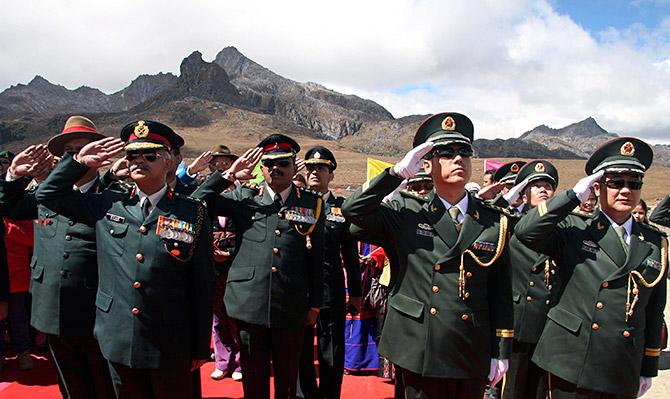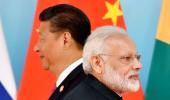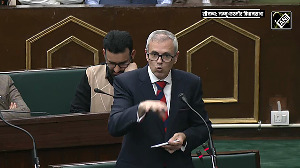India and China on Wednesday agreed to ensure expeditious implementation of the understanding on disengagement of troops from eastern Ladakh as decided in a meeting of senior military commanders on June 6, the Ministry of External Affairs said.

The two sides held diplomatic talks through video conference on the border standoff in midst of fresh details emerging that China has strengthened its position in several areas in eastern Ladakh including Galwan Valley where a violent clash on June 15 left 20 Indian soldiers dead.
People aware of the development said China has significantly ramped up its military presence in several other key sectors along the Line of Actual Control in Arunachal Pradesh, Sikkim and Uttarakhand.
In a statement after the diplomatic talks, the MEA said the situation in eastern Ladakh was discussed in detail and that the Indian side conveyed its concerns over the violent face-off in Galwan Valley.
"In this regard, it was emphasised that both sides should strictly respect and observe the line of actual control," it said.
The MEA said the two sides recalled the conversation between External Affairs Minister S Jaishankar and his Chinese counterpart Wang Yi last week, and reaffirmed that the understanding reached during military talks on June 6 on disengagement and de-escalation should be implemented 'sincerely'.
"The two delegations agreed that implementation of this understanding expeditiously, in accordance with the bilateral agreements and protocols, would help ensure peace and tranquillity in border areas and the development of broader relationship between the two countries," the MEA said.
The talks were held between Joint Secretary (East Asia) in the Ministry of External Affairs Naveen Srivastava and Director General in the Chinese Ministry of Foreign Affairs Wu Jianghao.
The MEA said the two sides also agreed to maintain communication both at diplomatic and military levels including to resolve the existing situation peacefully.
The talks took place two days after Chinese and Indian armies arrived at a 'mutual consensus' to 'disengage' from all the friction points in eastern Ladakh.
It was the 15th meeting of the Working Mechanism for Consultation and Coordination on India-China Border Affairs (WMCC). The last meeting under the WMCC framework was held on June 5.
The MEA said the two sides also took note of the discussions in the second meeting of the senior commanders which took place on June 22.
The first round of the Lt Gen talks were held on June 6 during which both sides finalised an agreement to disengage gradually from all the standoff points beginning with Galwan Valley.
However, the situation along the border deteriorated following the Galwan Valley clashes on June 15 as the two sides significantly bolstered their deployments in most areas along the 3,500-km de-facto border.
It is learnt that China has significantly increased number of troops in several other sectors along the LAC including in Sikkim, Uttarakhand, Himachal Pradesh and Arunachal Pradesh.
On Sunday, the government gave the armed forces 'full freedom' to give a 'befitting' response to any Chinese misadventure along the LAC.
The Army has already sent thousands of additional troops to forward locations along the border in the last one week.
The IAF has also moved a sizeable number of its frontline Sukhoi 30 MKI, Jaguar, Mirage 2000 aircraft and Apache attack helicopters to several key air bases including Leh and Srinagar following the clashes.
Around 250 Chinese and Indian soldiers were engaged in a violent face-off on May 5 and 6. The incident in Pangong Tso was followed by a similar incident in north Sikkim on May 9.
Prior to the clashes, both sides had been asserting that pending the final resolution of the boundary issue, it was necessary to maintain peace and tranquillity in the border areas.











 © 2025
© 2025